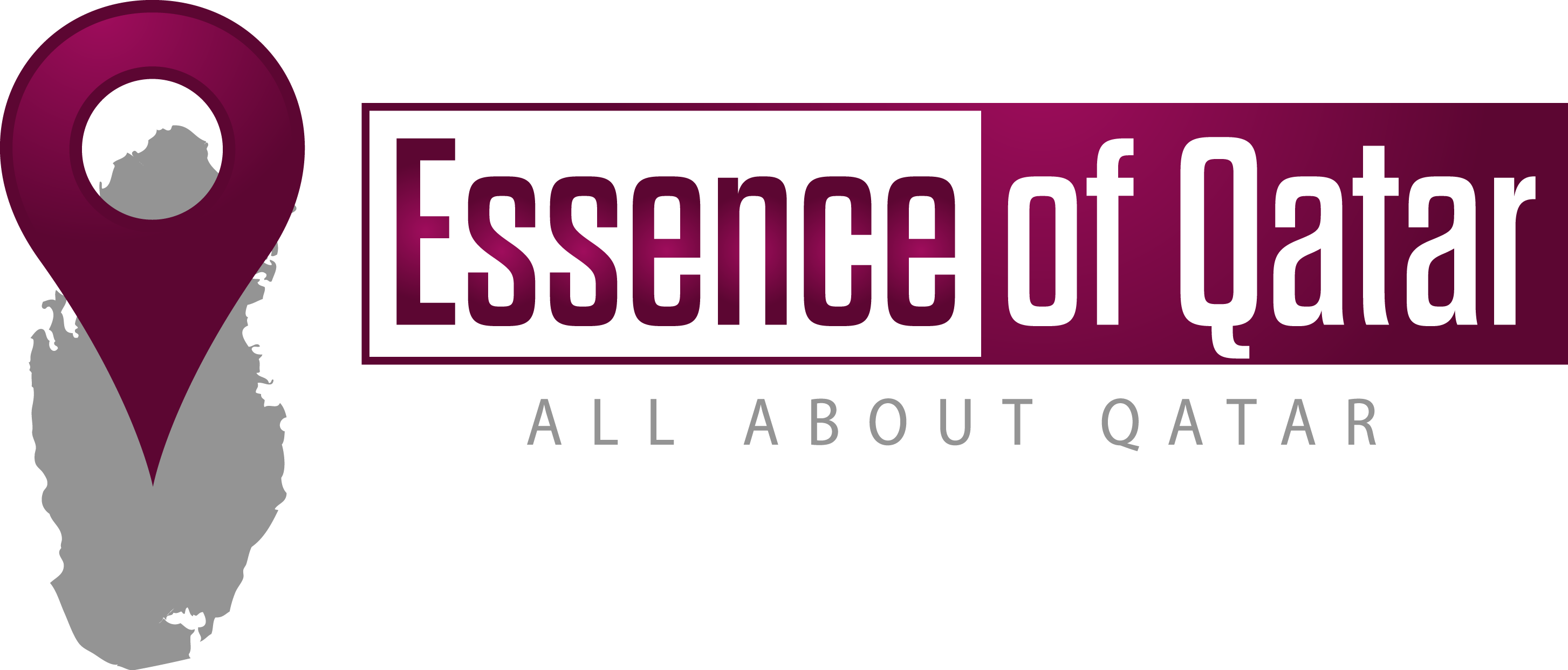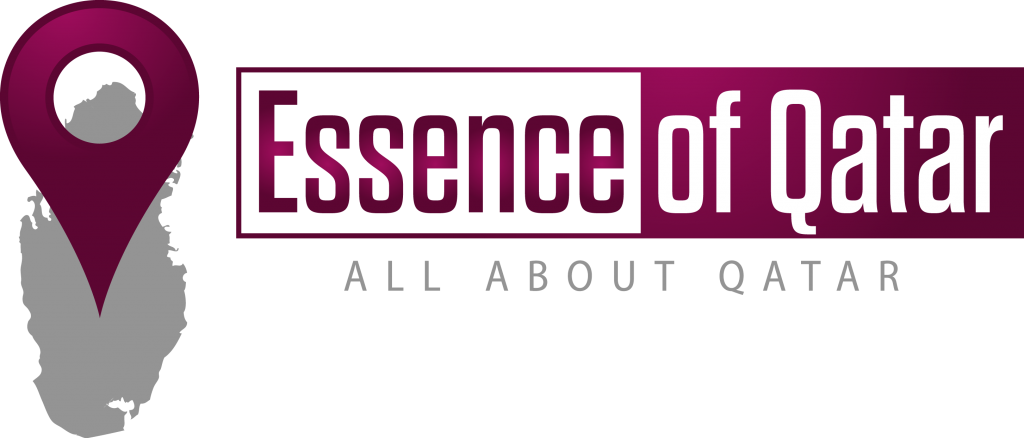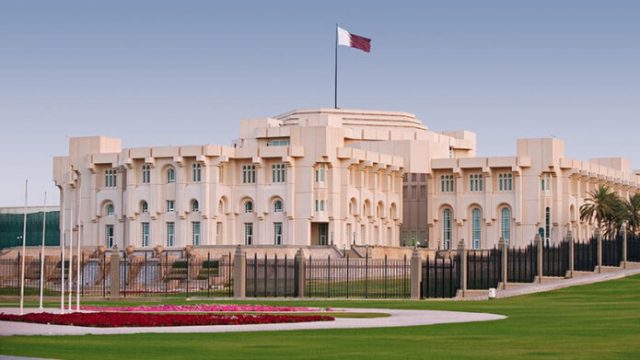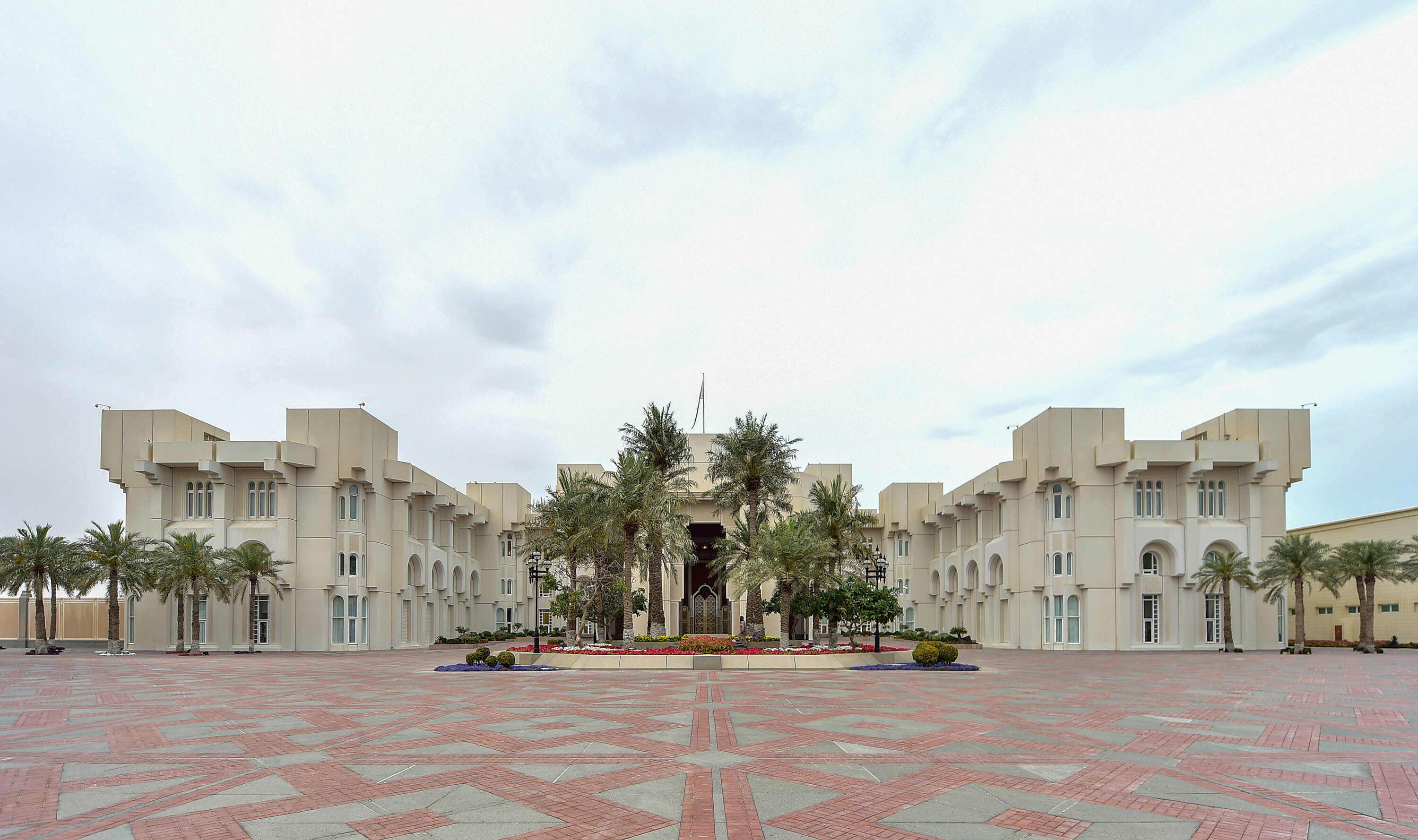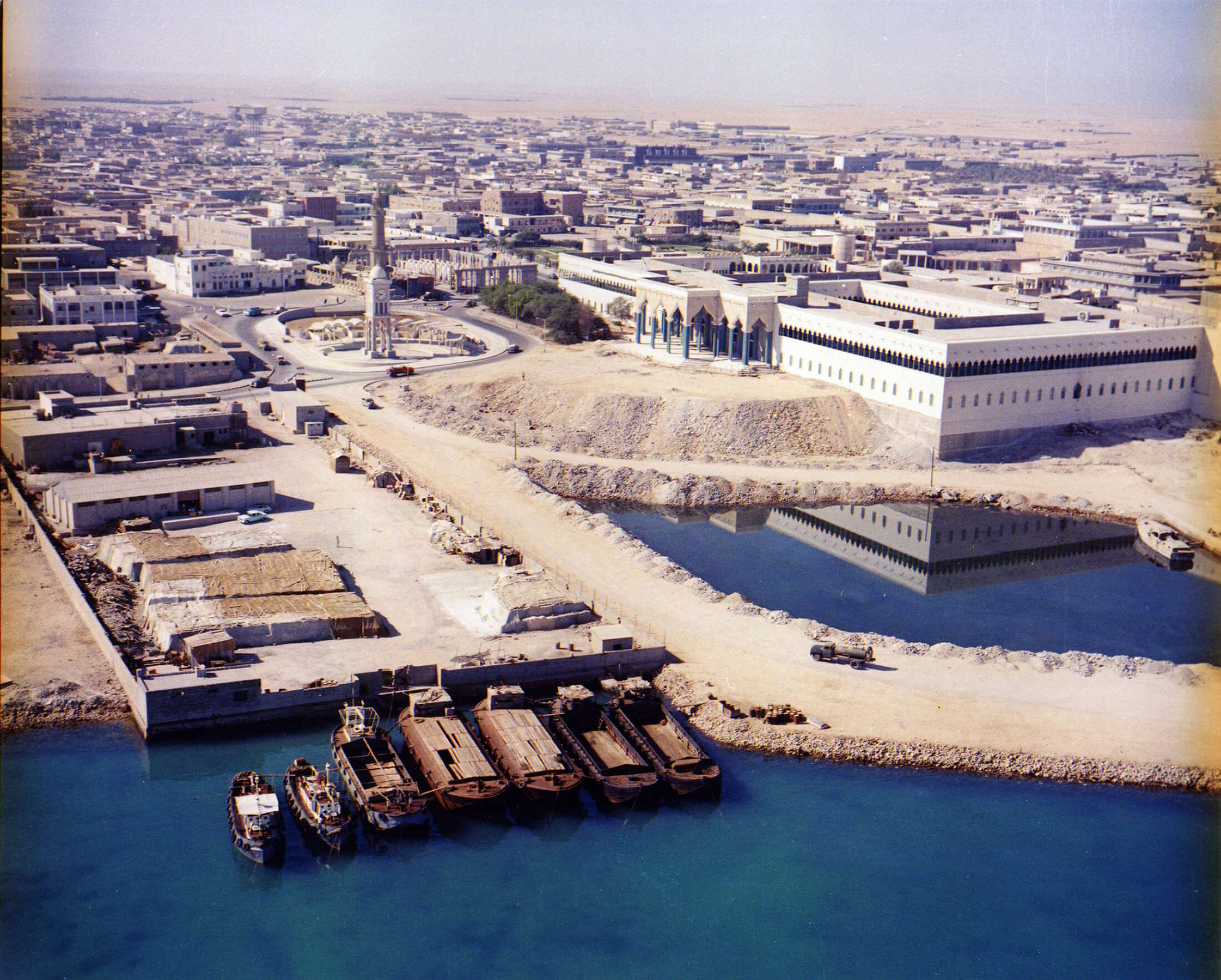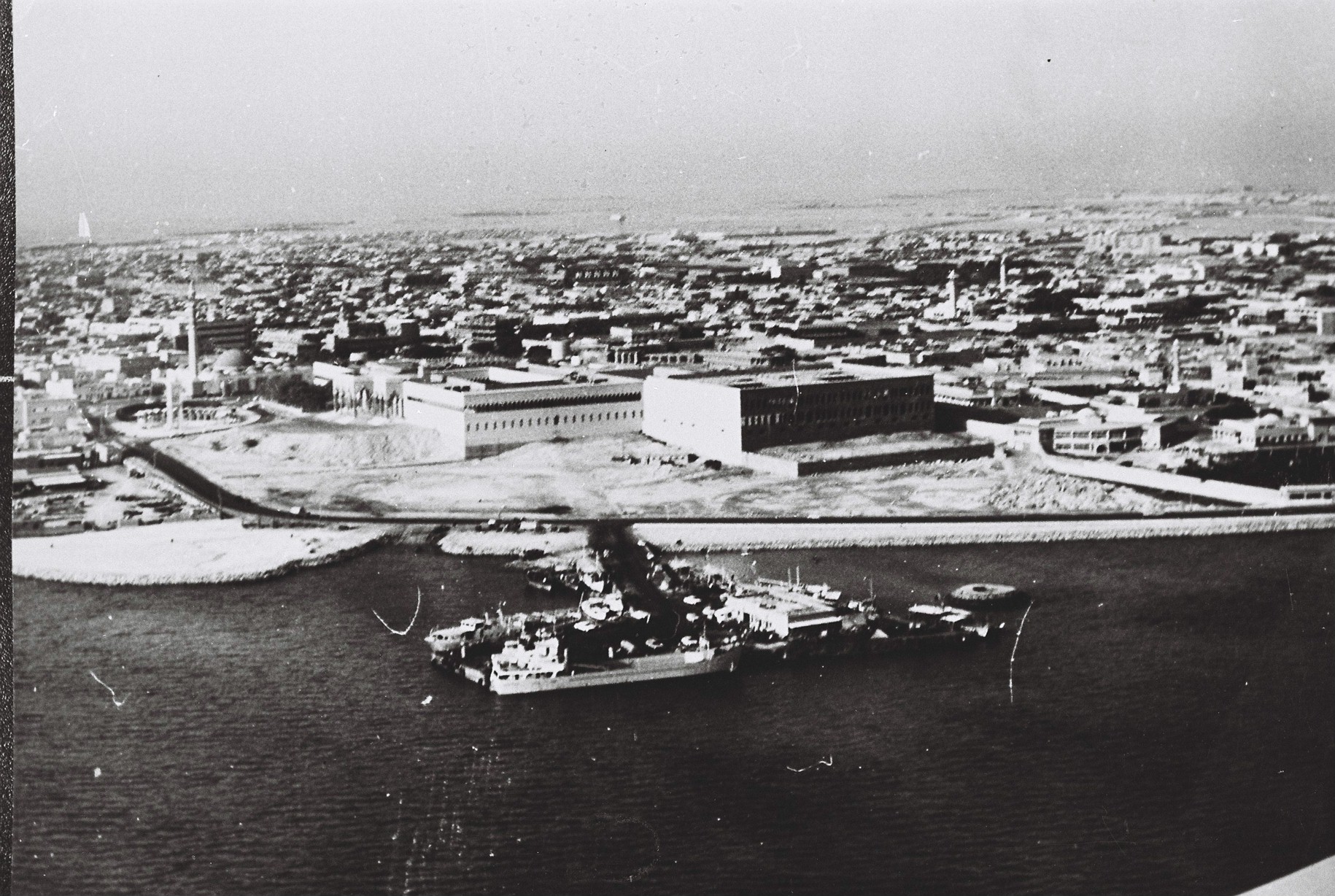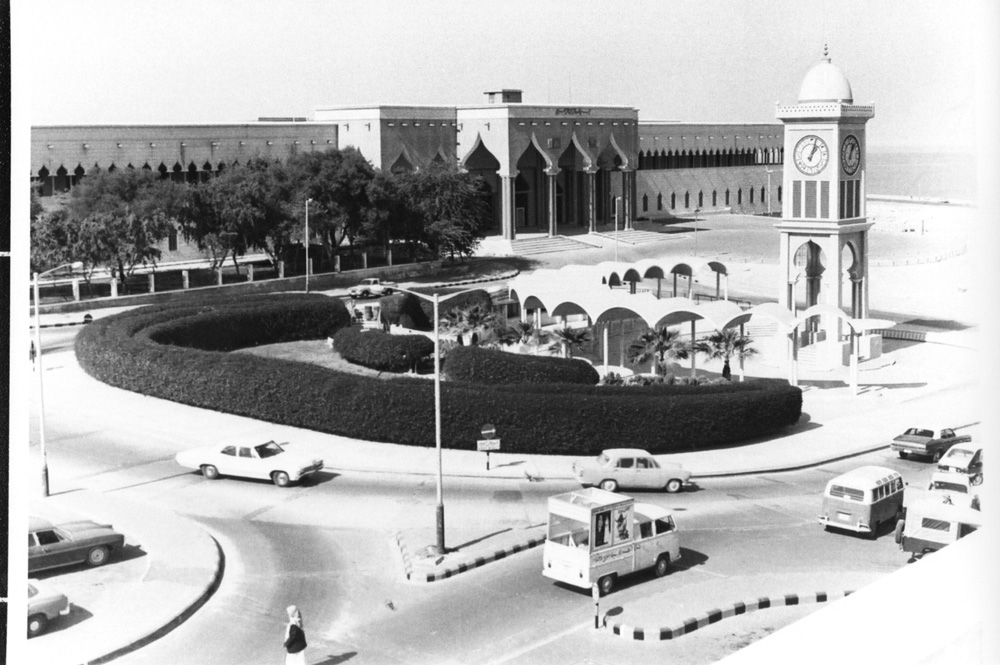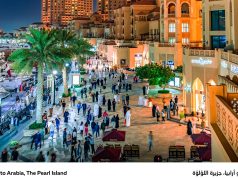The Amiri Diwan is the seat of rule of the State of Qatar. It is the sovereign body and the administrative office of HH The Amir. It acts as a nexus between His Highness and all governmental and non-governmental bodies internally and externally.
Among its manifold tasks and responsibilities, it keeps HH The Amir abreast of the most important developments locally and internationally, submits to him draft laws and other legislative instruments for perusal and approval, and delivers his instructions to the concerned authorities.
History of the Amiri Diwan
At the outset, the Amiri Diwan was known as Al Bidda Fort, which was originally a fortress built and fortified by watchtowers in the 18th century.
During the Ottoman presence (1871-1915), the Fortress was known as the military Fort (Qal’at Al-Askar). After the departure of the Ottomans, Sheikh Abdullah bin Jassim, the then Ruler of Qatar at the time restored the fort to become later the seat of rule of Qatar’s Rulers, and to be renamed both as the Doha Palace as well as the Fort of the Sheikhs (Qal’at Al-Shouyoukh). In 1971, after the end of the Anglo-Qatari treaty of 1916, the title of the Ruler of the State of Qatar was changed to Amir, and the Fort was renamed as the Amiri Diwan.
In the early 1980s, a new premises was built for the Amiri Diwan next to the old palace, and the administrative activities were relocated to this building in 1989. In addition to the Office of HH The Amir, the Amiri Diwan houses the office of HH The Deputy Amir, and the office of HE The Prime Minister.
Decorations
Al Wajbah Decoration
Al Wajbah Decoration is bestowed on foreign ambassadors accredited to the State (on the basis of reciprocity), deputy ministers, undersecretaries and ambassadors. It may be granted to others in recognition of their valuable services to the State or to humanity.
It is modeled, in design and shape, on Qatari spearhead upright against a background of geometrical architecture. There are two pearl beads on both sides. In the middle circle it bears the inscription: “Al Wajaba” with Arabic Thuluth calligraphy.
It is made of 18ct yellow and white gold and studded with 184 stones of diamonds and sapphires representing the colors of the Flag of Qatar.
The Founder’s Sword of Sheikh Jassim bin Mohammed bin Thani
Highest decoration. It is carried and bestowed by the Amir of the State on kings, princes and heads of state (both incumbent and former). It may be bestowed on others in recognition of their extraordinary or exceptional services rendered to the State or to humanity.
The sword has been copied as closely as possible to the original descriptions of component parts of the Sword of the Founder of the State of Qatar, Sheikh Jassim bin Mohammed bin Thani (1827- 1913).
The sword scabbard and decoration is made of 18ct yellow gold. There is a hallmark near the base of the sword. The handle of the sword has grips of camel bone. The first section of the scabbard has been hand chased and is set with Tourmaline and Garnet stones.
Sash of Hamad Bin Khalifa
This decoration is bestowed on crown princes, deputy heads of state, prime ministers, speakers of parliamentary bodies, members of trusteeship councils, deputy prime ministers, ministers and those of equal rank.
It may be granted to others in recognition of their valuable actions rendered to the State or to humanity.
It’s made of 18ct yellow gold, and consists of two circles, with edges studded with diamonds. The emblem of the State of Qatar is engraved on one circle, while the other bears the inscription: “Hamad bin Khalifa”, in Arabic Thuluth calligraphy.
Its clip is adorned with pearl beads. It is modeled after traditional Qatari cloak (Bishit) embroidery.
